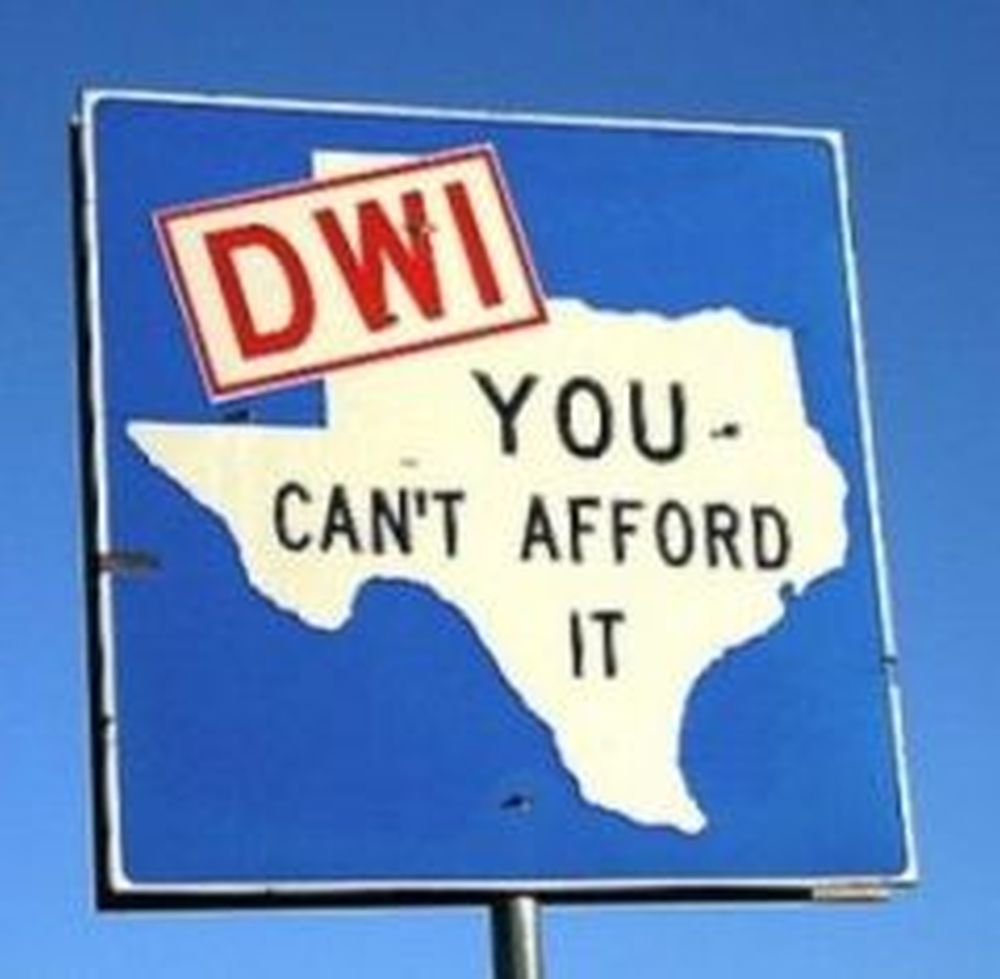Did you know that nearly one in four drivers is underinsured or lacks adequate coverage? Understanding the nuances between all-encompassing and liability insurance can greatly impact your financial security on the road. While liability insurance is mandatory in most states and protects others from your mistakes, comprehensive insurance safeguards your vehicle against non-collision incidents. Knowing which policy suits your needs is essential for effective risk management. So, which one should you prioritize?
When it comes to understanding your car insurance options, how do you decide between extensive and liability coverage? Each type serves a distinct purpose, and knowing the differences can help you make an informed decision. Comprehensive insurance covers damages from non-collision events like theft, vandalism, or natural disasters, while liability insurance protects you against damages to others in case you cause an accident. This fundamental distinction is vital when evaluating your needs.
Liability insurance is required by law in most states, making it a necessary consideration for every driver. This type of coverage addresses damages to other people's vehicles and injuries they sustain due to your actions. Consequently, if you're found at fault in an accident, liability insurance will cover the costs associated with the other party's damages, up to the policy limits. However, it won't cover your vehicle's damages, which is a significant limitation to be aware of.
Liability insurance is essential for drivers, covering damages to others while leaving your vehicle unprotected in accidents.
On the other hand, comprehensive insurance is optional but often required by lenders if you lease or finance your vehicle. This coverage protects your vehicle against unpredictable events such as theft, fire, hail damage, or even natural disasters. It's worth noting that comprehensive insurance typically includes a deductible, which is the amount you must pay out of pocket before your insurance kicks in. Deductibles can range from $0 to $2,000, depending on your policy. Full coverage insurance includes both comprehensive and collision coverage, providing a more extensive safety net for your vehicle.
When you look at costs, comprehensive insurance averages around $263 per year or about $22 monthly. In contrast, liability insurance averages approximately $1,407 per year or about $117 monthly, although this can vary greatly based on factors like your location and driving history. Given that liability insurance is often more expensive, it's vital to assess whether the financial implications align with your situation and risk tolerance.
One of the most significant differences between these two types of insurance is the scope of coverage. Comprehensive insurance protects against non-collision-related incidents, which can provide peace of mind against potential theft or severe weather events. Conversely, liability insurance focuses solely on protecting others if you cause an accident, leaving your vehicle vulnerable to damages unless you opt for collision coverage as well.
Conclusion
To conclude, understanding the distinction between extensive and liability insurance is essential for effective vehicle protection. While liability insurance is mandatory and safeguards others in the event of an accident, comprehensive insurance offers a safety net against non-collision incidents. Significantly, about 75% of drivers opt for liability coverage, yet only 60% choose comprehensive, highlighting a gap in protection awareness. By knowing these differences, you can make informed decisions that best suit your needs and financial situation.

